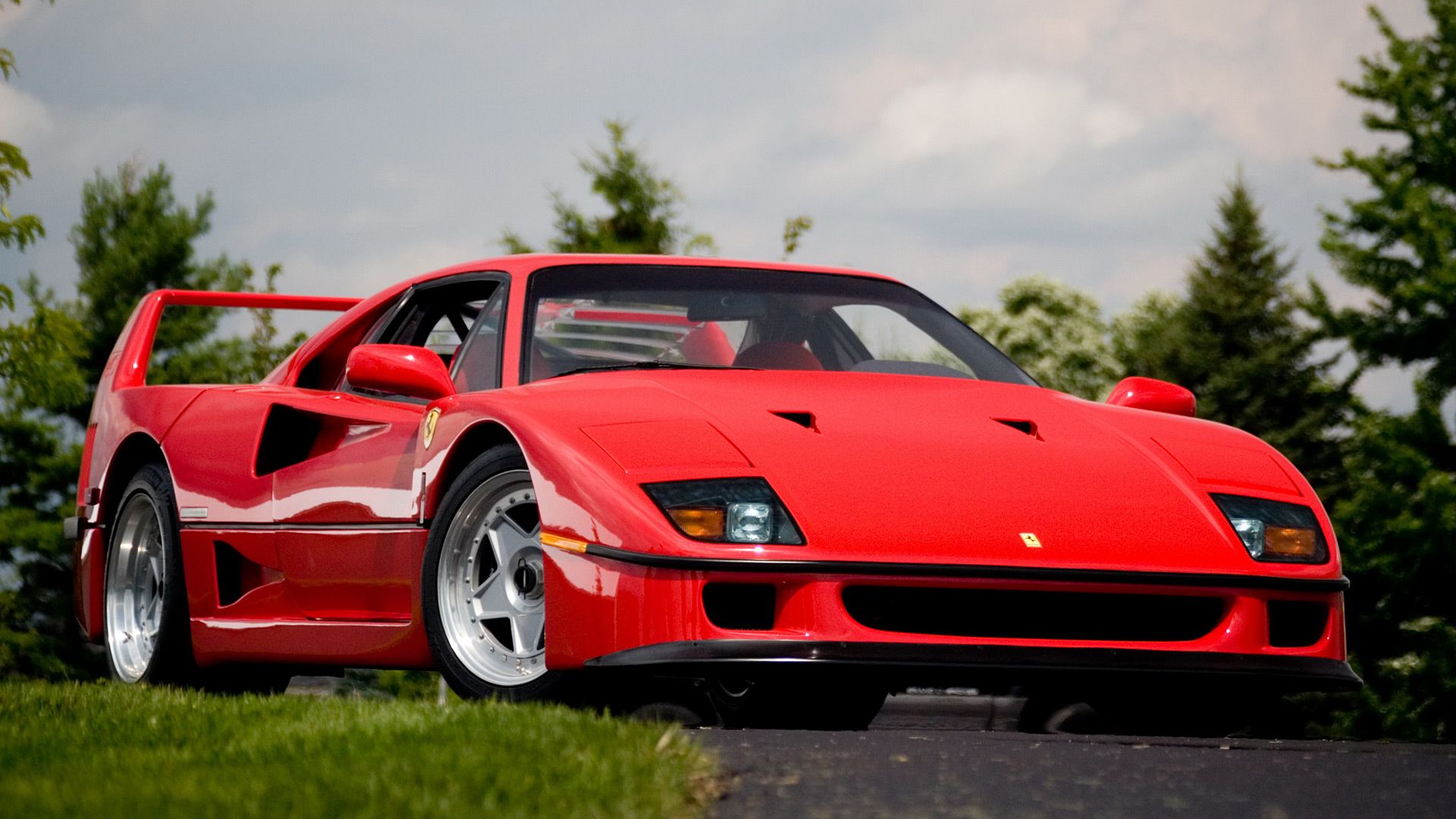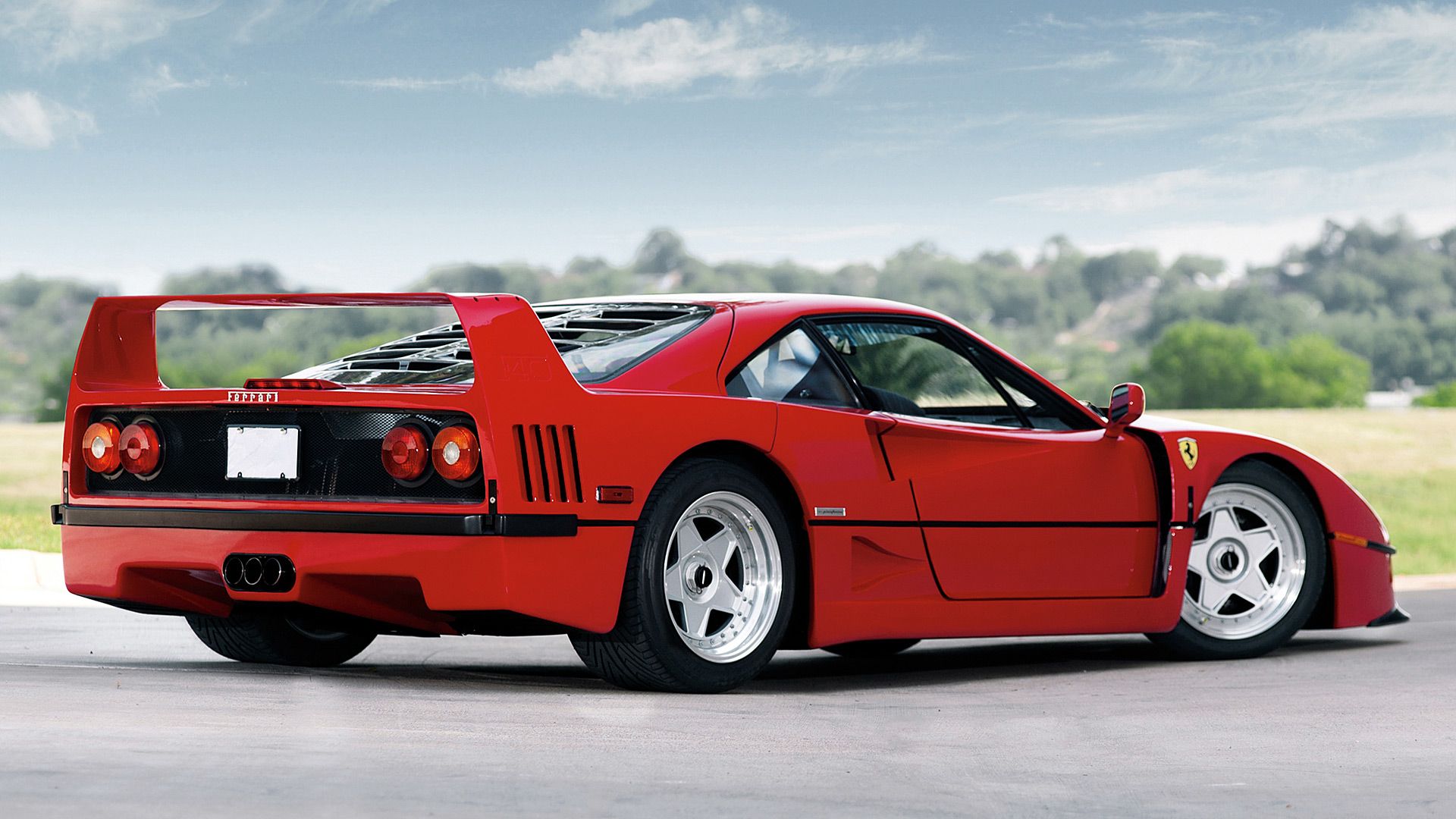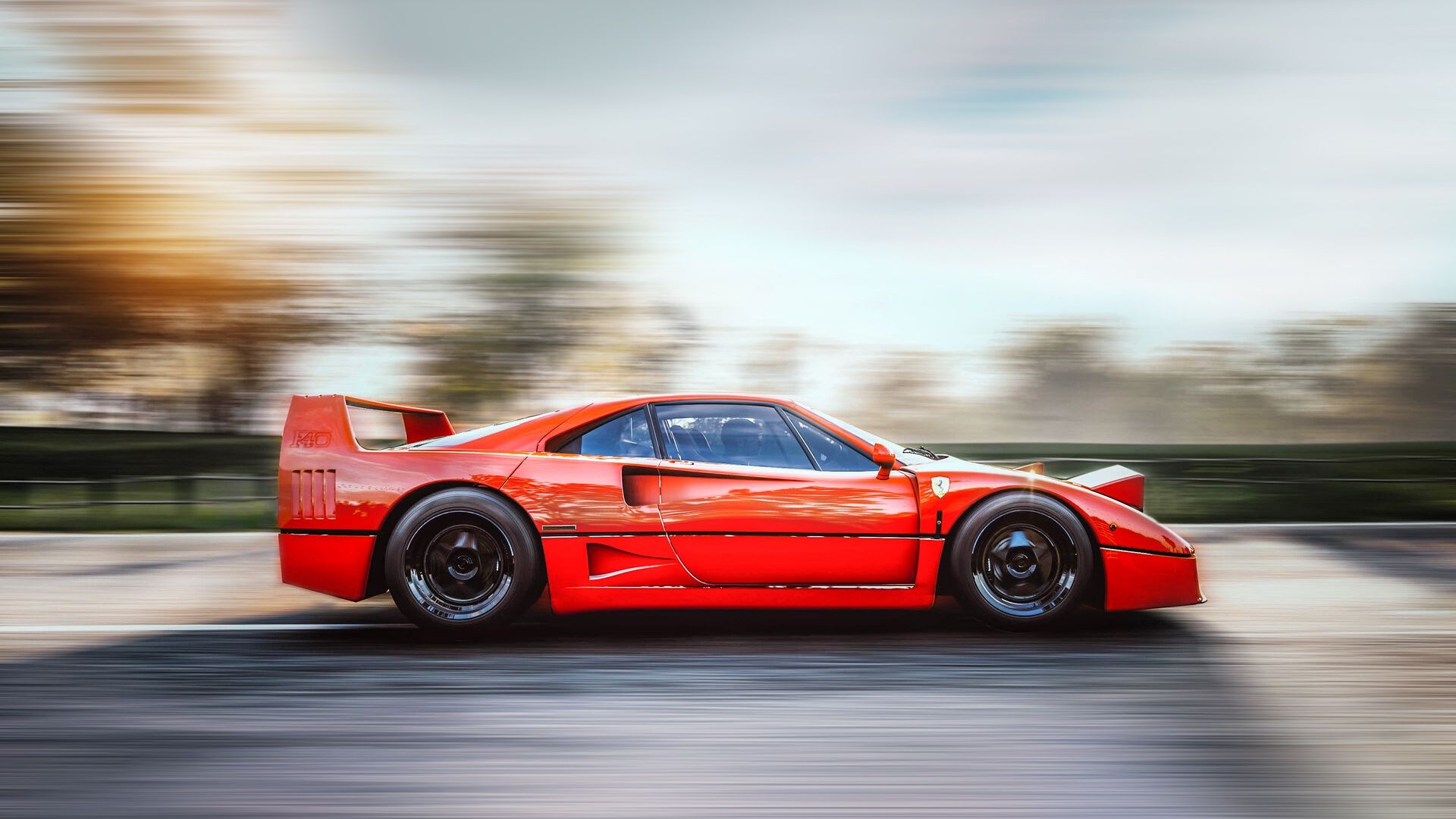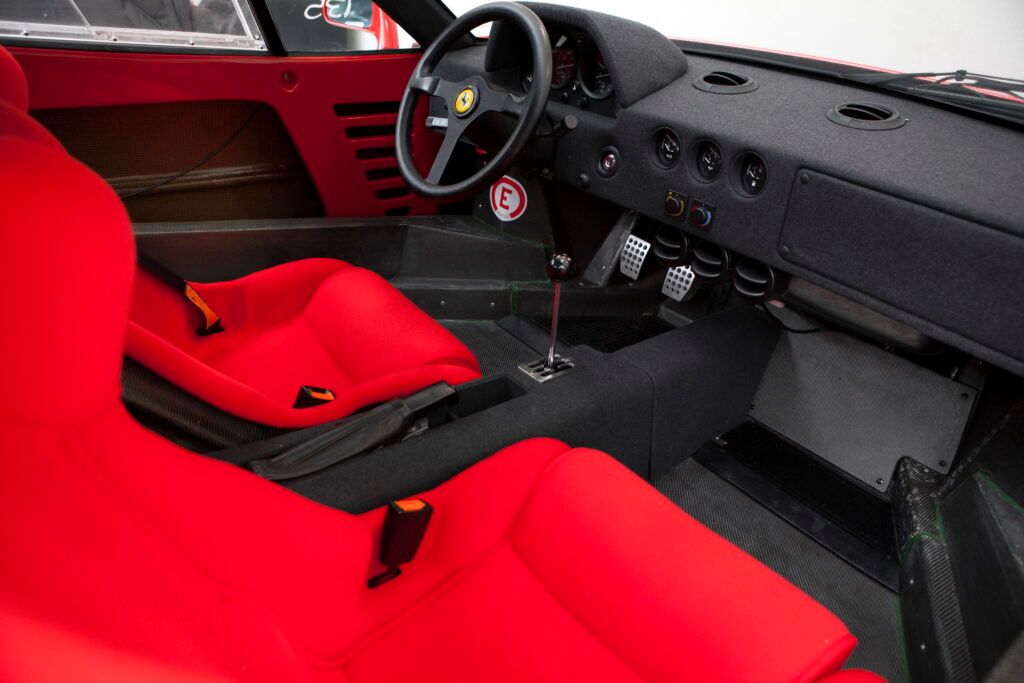It is not often that car manufacturers have the confidence to assert that their particular models are the greatest in the world, but Ferrari made this claim about the F40. After a great deal of hype and expectation, Ferrari finally introduced the F40 as the model that would succeed the 288 GTO. As a refresher, the 288 GTO was Ferrari's first road-going turbocharged vehicle in 1984, following the company's success in Formula One.
The new Ferrari F40 was a mid-engine, rear-wheel-drive sports car that was manufactured by Ferrari from 1987 through 1992. It was built to mark the 40th anniversary of the company and was succeeded by the Ferrari F50. The F40 was also the final vehicle designed and manufactured under Enzo Ferrari's strict supervision before he passed away.
As a result of its use of cutting-edge composite materials, the F40 was incredibly light, with its weight just under 3,000 lbs. The body panels of the Ferrari F40 were built of carbon and Kevlar, while the frame was constructed of tubular steel, carbon, and Kevlar. For the first time, composite body panels were used in a production vehicle. Scaglietti built the body and chassis, while Ferrari completed it in-house.
The Idea Of The Ferrari F40 Dates Back To 1984
From the beginning, the Ferrari F40 was designed with the intention of competing against the Porsche 959 in the FIA Group B. After the unexpected conclusion of Group B racing in 1987, Ferrari produced the F40 for use on public roads. Pininfarina designed the F40 form to have a smaller frontal area, which helps to minimize drag and lift. In addition, they developed a Lexan rear window/ engine cover to show off the twin-turbo V8.
Even though the manufacturing run was supposed to be restricted to only 400 units, a total of 1,311 Ferrari F40 supercars were built. Just 213 of them made it to the United States of America. As word spread about what a potent machine the Ferrari F40 was, the amount of interest in purchasing one increased. Nevertheless, the price was so exorbitant that only the privileged could afford to buy one.
In 1987, the Ferrari F40 could be purchased for a starting price of $399,150. A visit to the Ferrari facility in Maranello, Italy, to receive driving instruction was part of the price. Every single F40 car was finished in Rosso Corsa, which is Ferrari's signature shade of red. However, some customers did decide to paint theirs different colors, such as black or yellow. To reduce the number of Ferraris with non-factory color schemes, the F50, the F40’s successor, was offered in more colors.
The F40's bodywork was very slender. Sure, its appearance was impressive, but it was the car's speed and performance that set it apart from the crowd. The suspension arrangement of the Ferrari F40 was comparable to the GTO's double-wishbone layout. On the other hand, a significant portion of the vehicle's original suspension hardware was modified, and the majority of the settings were adjusted.
Since the ground clearance of the F40 was designed to be purposefully low, Ferrari constructed the suspension so that it could, if required, raise the ground clearance of the car. The ground clearance adjustment was made possible via an electrically controlled suspension system.
The Cabin Of The F40 Is Simply Brilliant
The reason why the Ferrari F40's interior is nothing short of brilliant is because of its seamless integration of aesthetics and practicability. The F40's interior differs visually from those of previous Ferrari models. The side bolsters of race seats are meant to keep the driver secure during tight maneuvers as well as to look good. With the ability to accommodate a four-point safety harness, the F40's interior was built for performance-minded drivers.
Other traits include an uncarpeted floor, exposed composite material, a plain gray dash, and a perforated vinyl headliner. Any worries you may have had regarding the F40's appearance are immediately put to rest the moment you get behind the wheel. It should come as no surprise, given what we've previously said, that this automobile was designed for speed.
The Ferrari F40's engine was a tweaked version of the 288 GTO's. Its 2.9-liter twin-turbo V8 engine produced 471 horsepower and 426 pound-feet of torque, earning it the distinction of being the first production automobile to reach speeds exceeding 200 mph. Numerous experts even thought that the Ferrari F40 surpassed the 500 horsepower line, despite the official numbers. Even by today's standards, the acceleration from 0 to 60 mph in just 3.7 seconds is pretty remarkable.
The aerodynamics of the F40 were also a major consideration during the development process. Despite having a powerful engine, the car's top speed was more a function of its aerodynamics than of its horsepower and torque figures. The vast majority of F40s that were manufactured are now owned by individual collectors. When one does show up at an auction, which happens very infrequently, the price immediately skyrockets to absurdly high levels.




